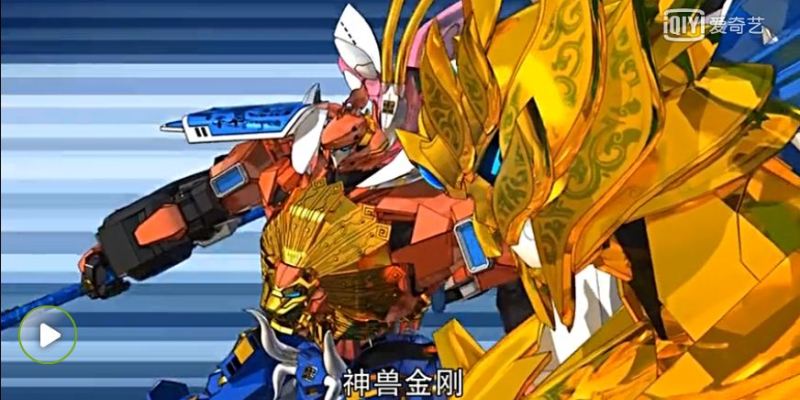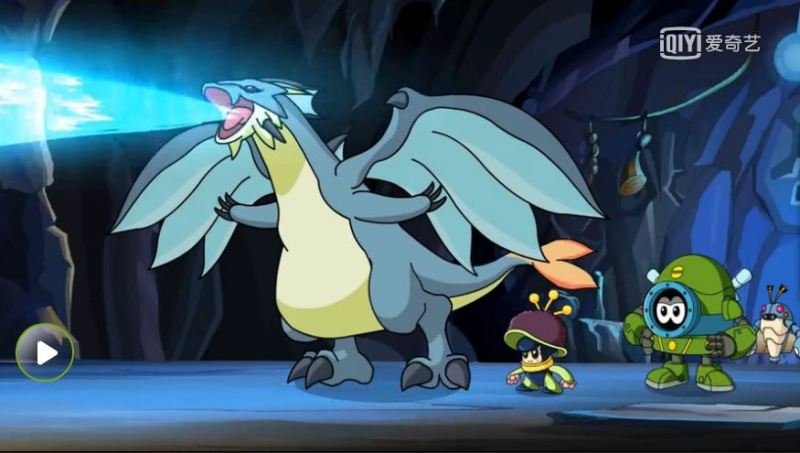Welcome to TV Tuesday, a column devoted to following the newest and most notable Chinese mainland television shows.
In honor of our upcoming Mandarin Month mixer on June 24, we thought this would be an opportune time to list a popular type of television programs used for learning a new language: cartoons!
The mainland Chinese animation industry has rapidly developed, and there are a lot of shows to choose from. For this list, we tried confining our selections to animated shows for children recently produced in mainland China.

Pleasant Goat and Big, Big Wolf
This animated series has gone through a lot of changes since it debuted in 2005, but Pleasant Goat and Big, Big Wolf (喜羊羊与灰太狼 xǐyángyáng yǔ huītàiláng) has by far remained one of China’s most popular and lucrative cartoons.
At first evoking the slapdash 2D animation of South Park, Pleasant Goat has since ventured into 3D computer animation on its big screen adaptations. However, even after all these years, the current iteration of the show maintains a predator-prey rivalry in which our dastardly antagonist is still trying to get the upper hand through the use of high-tech gimmicks. What’s more, Gray Wolf is still trying to win over his hard-to-please wife who remains by his side after all this time.
Purists who think the original theme song is the best can watch the first season here.
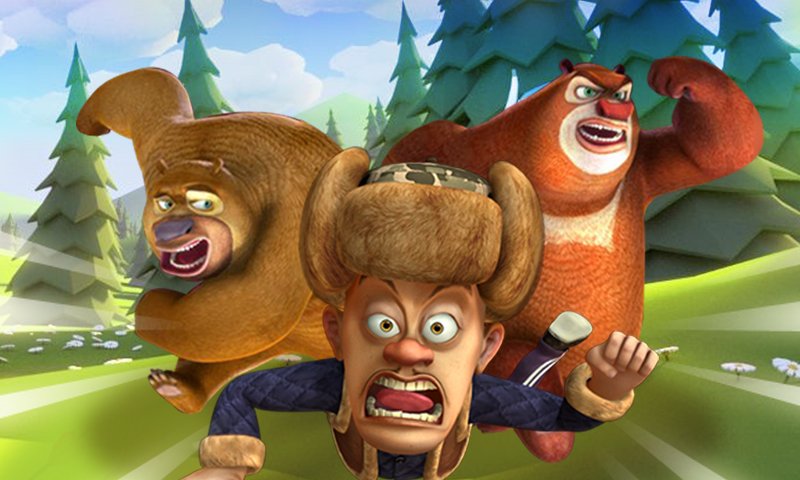
The Boonie Bears
Do you love ethnic stereotypes? Well, you’ll love the Boonie Bears (熊出没 xióng chūmò), the Chinese animated series that continues the same predator-prey themes left over by Pleasant Goat, and almost captures an equal amount of success in the process. Like their more successful non-carnivorous cousins, Boonie Bears have also ventured onto the big screen with equally strange results that include a talking robot and realistic-looking characters inserted into a cartoon.
But as famous as they have become, the Boonie Bears will forever be known as the cartoon characters that were banned from Beijing’s financial district. Statues of the show’s mocking ursine heroes were removed after shocked bankers took offense to their “rude gestures.”

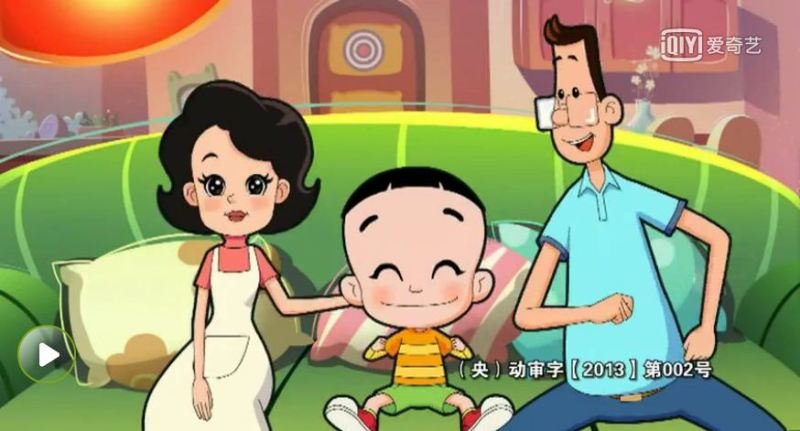
Big-Headed Kid and Small-Headed Father
Even though “father knows best,” subverting the traditional family hierarchy has always made for good television. This lesson is well-learned by Big-Headed Kid and Small-Headed Father (大头儿子和小头爸爸 dàtóu erzi hé xiǎotóu bàba), a cartoon that firmly has The Simpsons in mind when it comes to dopey dads. It’s a dynamic that results in a lot of hijinks, but unlike the selfishness of Homer Simpson, Small-Headed Father is completely subservient to the whims of his wife and child, putting him at the bottom of the family.
Needless to say, the show takes place in Shanghai, something proven by its Pudong skyline:

Proof that a successful idea is never alone, Big-Headed Kid and Small-Headed Father has inspired its own Chinese knockoff, Mala Father and Son.
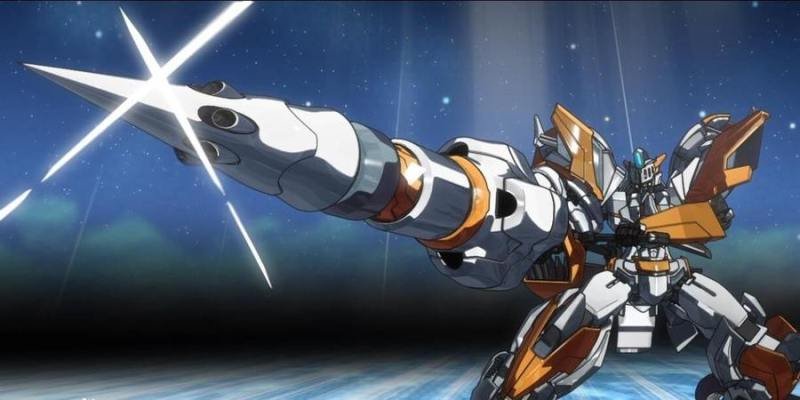
Robo Saviors
Everything you love about Japanese anime has been incorporated into Robo Saviors (元气拯救队 yuánqì zhěngjiù duì): massive, impractical, robots; fantastically-coiffed hairdos that remain unaffected by helmets; and, a cartoon that masquerades as a commercial for toys (as shown below).

The highlight of this show is undoubtedly the CGI-transforming parts, but we think its rather odd a team of robots equipped with guns is called a “rescue team.”
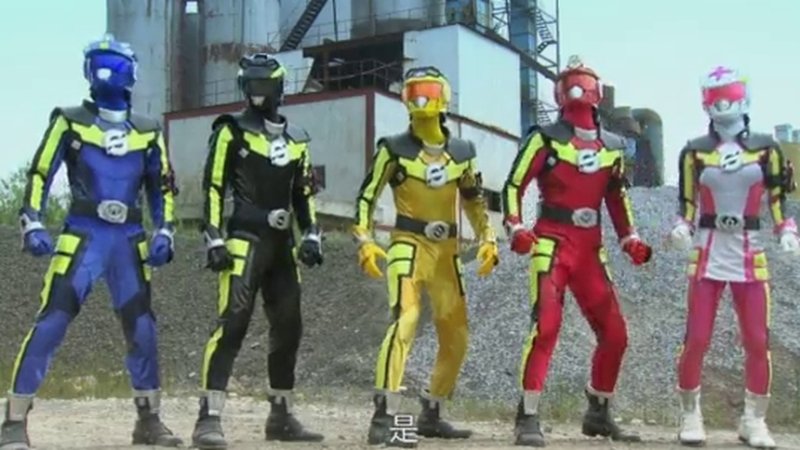
Rescue Engine
This live action TV show gets included on list our because it emulates the most important children’s show from the last 30 years: the Mighty Morphin Power Rangers. Everything from the original is here in this Chinese shanzhai version: spandexed heroes dispatching baddies with kung fu; a rubber outfit that gets reused when the monster grows to skyscraper height; and transformation sequences that get reused every episode.
However, this localized version of the 90s classic show (with Japanese roots before that) does take a few liberties from its inspiration, notably that our squad of heroes live on a satellite orbiting the Earth instead of being “teenagers with attitude” chosen by a hologram. Also, there is no Skull or Bulk, unfortunately.
But if Rescue Engine (巨神战击队 jùshén zhàn jí duì) is not to your liking, you can always try out King of War Ex, another live action Chinese knockoff of the Power Rangers.

Animal Gods Heavenly Fighter
Hot on the heels of Rescue Engine is another Chinese kids’ show that is also about a group of color-coded children who use kung fu and gigantic transforming robots to fight evil monsters: Animal Gods Heavenly Fighter (神兽金刚 shénshòu jīngāng). Unlike the former, this show is completely animated; for its inspiration, the shows massive battling robot appears to be loosely based on “Predaking” from the Transformers.
Although all those elements make for a good kids’ TV show, this show also makes the distinction of using two distinct animation styles. The result is a mismatch where the CGI-made robots and monsters look sleek and impressive, but the hand-drawn human characters look shoddy by comparison.

On the plus side of things, “Bulk” and “Skull” are back:

SEER (Space EnErgy Robot)
Japanese influence abound in SEER (赛尔号 sài ěr hào), a cartoon about a never-ending battle of one-upmanship as played out by summoning interdimensional monsters. Notable for combining a cute, stubby aesthetic with a more graceful monster design, SEER gives us the lasting impression as the show where beings with expressive eyes are trapped inside a robotic suit, forever doomed to peer out a small porthole.
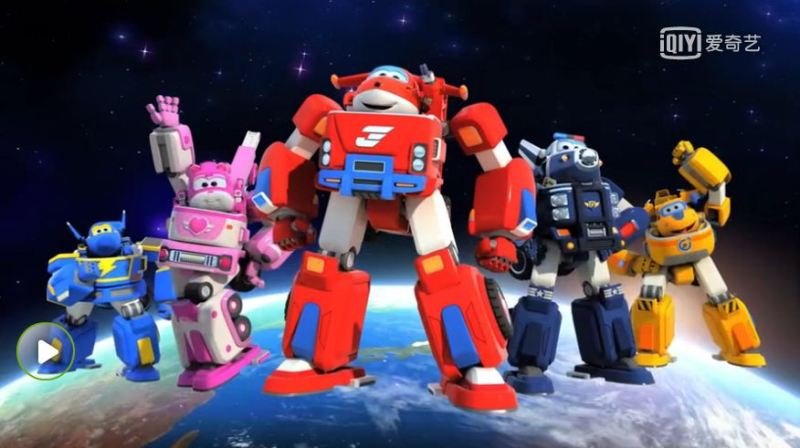
Superwings
As much as China’s Superwings (超级飞侠 chāojí fēi xiá) appears to be a derivative of Pixar’s Cars and Planes franchises, it’s actually quite a breath of fresh air in an industry full of knockoffs. Although this show fully borrows the “windshield as eyes” facial design for its characters, much of everything else about Superwings is a creative twist.
The sentient vehicles of this universe can transform at will, becoming robots or cars, working alongside humans that having completely disappeared from the face of the Earth. The result is a well-animated, creative show that featured a Bruce Lee-type tyke squaring off against a gigantic purple octopus in Hong Kong Harbor in one episode.

Robocar Poli
When copies are made from a copy, it becomes more difficult to see where one begins and the other ends. So lies the problem for Robocar Poli (变形警车珀利 biànxíng jǐngchē pò lì), a show that remixes inspirations from the Transformers, Pixar’s Cars, and Superwings in order to cater to a younger audience.
The logic of the world depicted in Robocar Poli becomes problematic when sentient cars exist alongside humans who are left with no (non-sentient) cars of their own to drive. And yet, we can’t get over how cute these character designs are, and are considering modifying our cars to give them hats:
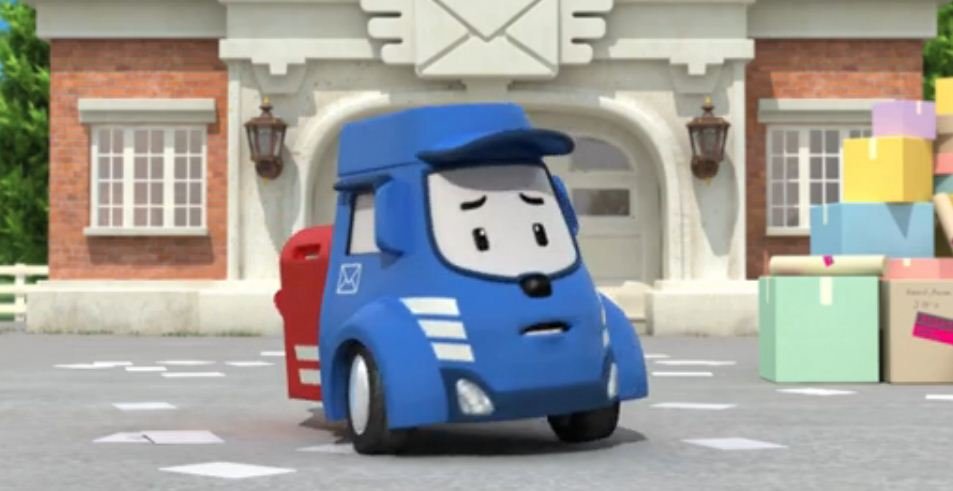
For a Cars-inspired Chinese animated movie gone wrong, look no further than The Autobots, a shameless knockoff so poor in quality that it is nearly impossible to finish watching.

Little Tantan
We’re all for more creativity, but unfortunately we think things went too far with Little Tantan (坦坦小动员), a Chinese animated cartoon about tiny anthropomorphized tanks. As well animated as this show is, we can shake the uncomfortable “uncanny valley” feeling we get from watching spider-like beings who have expressive human faces.
Nothing but nightmares here, folks.

The Seven Heroic Legends of Rainbow Cat and Blue Rabbit
Among our favorites on this list of Chinese cartoons deserving wider recognition is The Seven Heroic Legends of Rainbow Cat and Blue Rabbit (虹猫蓝兔七侠传 hóng māo lán tù qī xiá chuán). Not only does it Chinese mythology themes and some cool wuxia action, but it also utilizes cute animal avatars to their full potential.
Basically, this shows succeeds where Legend of Kung Fu Rabbit (兔侠传奇 tù xiá chuánqí) fails by too-closely emulating Kung Fu Panda.
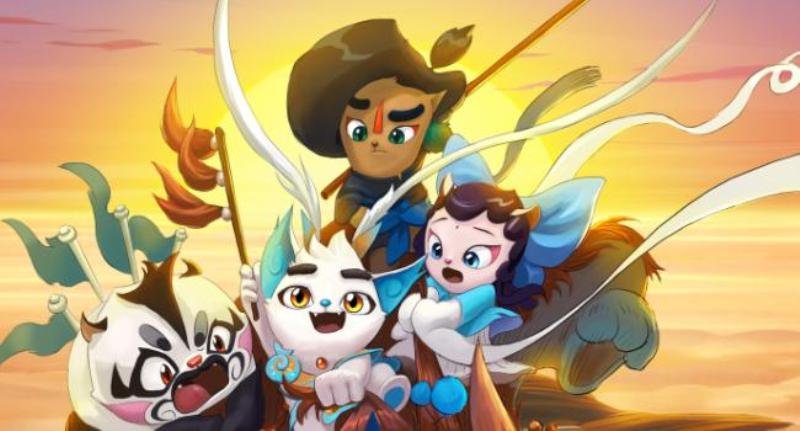
Beijing Opera Cat
There are a lot of copycats on this list, but one Chinese cartoon that giving us hope for the future is Beijing Opera Cat (京剧猫 jīngjù māo), a show that smartly capitalizes on the successes of Rainbow Cat and Blue Rabbit to create an immersive world out of Chinese opera tropes that is entirely populated by cats.

Nine Songs of the Skywalkers
This animated series deviates from its peers by drawing upon Chinese fantasy for inspiration. Unfortunately, Nine Songs of the Skywalkers (天行九歌 tiān xíng jiǔ gē) lags behind the times. As sumptuous as its animated scene allow, they still pale in comparison to cut scenes from the Dynasty Warrior video game series (from the Playstation 2 era).

I Want to Fight Bastards
Is there a Chinese animated cartoon about the Imperialist Japanese invasion? Yes, there is. Of course.
Keep on track with your studies with all of our 2017 Mandarin Month content here, and don’t forget to register for our June 24 mixer here.
More stories from this author here.
Twitter: @Sinopath
Images: Baidu, Sunning, \vmao, duitang, 360, Baidu, Joymeng, BBC, 520886, Bilibili, 9yaocn


